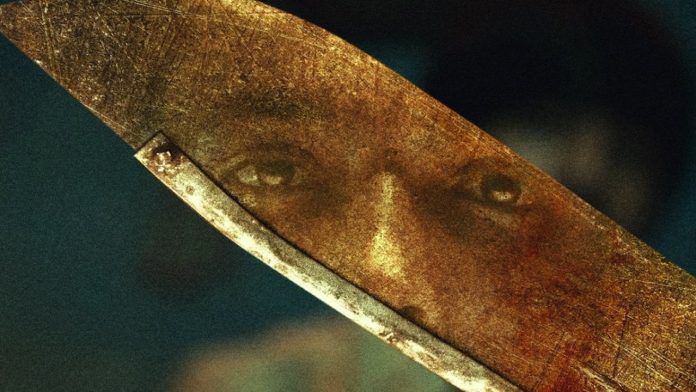Netflix’s Indian Predator: The Butcher of Delhi examines a string of murders that took place in West Delhi from 1998 to 2007. The docuseries, via dramatic recreations and expert interviews, chronicles the entire case and explores its psychological and social implications.
Story
Indian Predator: The Butcher of Delhi kickstarts its narrative by travelling back to October 20, 2006 when the discovery of a dead body outside Tihar Jail shook the authorities.
It was butchered, tied up, wrapped and kept inside a basket that was left outside the complex’s gate no. 3 accompanied by a letter. The note contained obscenities targeted at the police and contained a threat to send in more corpses.
The plot further explains how two more bodies were discovered in April and May of 2007 which prompted a stringent investigation, leading to the arrest of the serial killer, Chandrakant Jha.
Over the course of its three episodes, the docuseries delves into the motives and mindset of Jha — a father of five daughters — who is a resident of Ghosai village in Bihar’s Madhepura district.
According to experts, his life experiences prompted him to turn into the monster who ended up murdering several people and was finally arrested in 2007.
He also developed a certain disdain for the police due to mistreatment in jail during the late ’90s and became a threat to anyone he interacted with.
Residents of his village also come up with shocking details in their accounts which have never been ousted before the authorities.
Positives
Ayesha Sood, the director of Indian Predator: The Butcher of Delhi, takes a holistic approach towards the retelling of this case that mostly went unnoticed by the masses.
The suspense is at its peak for the most part and takes viewers on a harrowing journey. Witnessing things like Jha’s past, his tussle with the cops, the events leading up to his arrest and more is absolutely thrilling.
The majority of the information comes from Delhi Police officials, involved journalists, lawyers as well as residents of Jha’s village who have spoken on record for the first time. This helps the show to provide a clear picture of the entire ordeal via multiple perspectives.
Moreover, it raises several important questions regarding the plight of migrant labourers from Bihar. Experts address the impact of exploitation and discrimination on these impoverished people who also face dire consequences of deteriorating mental health.
There are never-seen-before pieces of evidence (photographs from Jha’s camera) that the show presents to the public. The existence of these pictures was unknown to even the officials involved with the case.
Negatives
Unfortunately, extended dramatic recreations of Jha’s crimes takes away from the already stellar narrative. The personal accounts and factual analysis are gruesome enough to maintain the suspense.
These over the top sequences featuring actors don’t gel with the overall narrative and almost feel like an unintentional and unfortunate segue into an Anurag Kashyap gangster flick.
This also adds to the unnecessarily extended runtime. Three episodes feel prolonged and exacerbate the immersion. Had the dramatic scenes been reduced and the edit been tighter, Indian Predator: The Butcher of Delhi could have been a much better experience.
Verdict
The docuseries is still a must watch. It sheds light on a very important crime which somehow went unnoticed by the country. In addition, it touches upon topics of social exploitation and mental health, leaving you with a lot to ponder over.
Rating: 3/5
Also Read: The Gray Man review: Action-packed but bogged down by spy cliches

